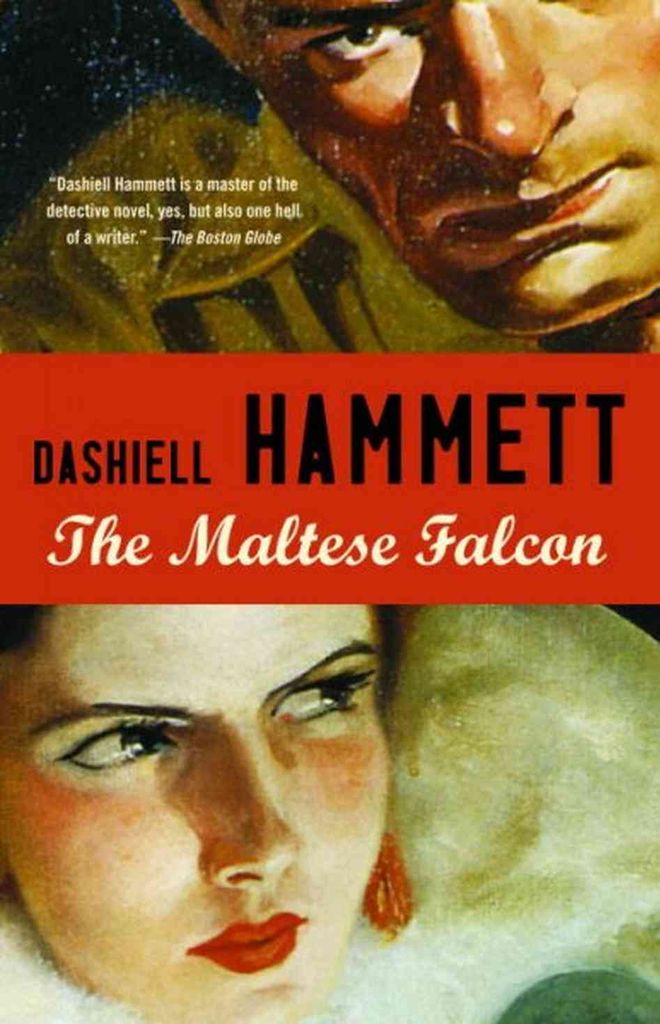 In the spirit of a “reading challenge,” I decided earlier this year
to devote the entire month of March to crime fiction (mostly American).
Why that particular genre? It had been beckoning to me furiously after I
devoured five Agatha Christie novels in one gulp a couple of years ago,
but there were always other books claiming my attention. After all, 90%
of my TBR shelf is literary fiction or history; I simply didn’t own any
contemporary crime fiction. Now, I had read Capote’s In Cold Blood, Poe’s mysteries, Collins’s The Moonstone,
and all of the Sherlock Holmes stories and novels, but I wanted to get a
better sense of the 20th-century American scene (basically beginning
with Hammett in the 1930s). I wanted to understand what “noir” was
really like on paper (since I had seen plenty of it on film and tv).
In the spirit of a “reading challenge,” I decided earlier this year
to devote the entire month of March to crime fiction (mostly American).
Why that particular genre? It had been beckoning to me furiously after I
devoured five Agatha Christie novels in one gulp a couple of years ago,
but there were always other books claiming my attention. After all, 90%
of my TBR shelf is literary fiction or history; I simply didn’t own any
contemporary crime fiction. Now, I had read Capote’s In Cold Blood, Poe’s mysteries, Collins’s The Moonstone,
and all of the Sherlock Holmes stories and novels, but I wanted to get a
better sense of the 20th-century American scene (basically beginning
with Hammett in the 1930s). I wanted to understand what “noir” was
really like on paper (since I had seen plenty of it on film and tv).So I asked my fellow Rioters and bookish twitter buddies for some recommendations and whittled them down to seven novels. I chose them based on the following criteria:
- I wanted to read a good selection, but I needed to pack them into one month, so I figured seven was my limit.
- I wanted to sample novels from different decades, in chronological order. Unfortunately, I wound up skipping the ’60s, ’80s, and 2010s (gosh that feels so weird to write!).
- I wanted a good selection of novels written by both women and men.
The great thing about devoting an entire month to one genre is that you can notice patterns that you might otherwise have missed. One very freaky pattern that emerged was a kind of pairing-off of every two books, in terms of subject-matter, style, and POV. So please step into my dimly-lit office with the cigarette-stained desk and the broken venetian blinds and let me explain the results of my investigation into crime fiction:

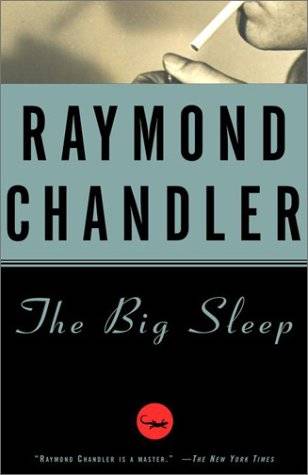
I started with The Maltese Falcon (1930) and The Big Sleep
(1939), two of the earliest and most definitive novels of the
crime/noir genre. Both feature a lone, male Private Investigator with a
gritty personality and jaded outlook on life. Both involve a
“wild-and-crazy” femme fatale who is ultimately reined in cause she’s so
very naughty, flitting around over town stirring up trouble (I’m trying
so very hard to not let my snark overtake my tone here, but it’s hard,
you guys). What made The Big Sleep stand out, though, was the first-person narrator, and the relaxed humor in evidence on the very first page. The Maltese Falcon, however, was deadly serious (except for a few sarcastic quips by P.I. Sam Spade). The Big Sleep
had a jaunty feel, like in my favorite cartoons starring Pepe Le Pew,
where wherever the lady cat runs, Pepe finds her, even if she’s running
like crazy and he’s just prancing along, blowing kisses through the air.
You get the sense that everyone could scatter like frightened cats when
Marlowe steps onto the scene, but he’ll eventually get his man/woman.
Which he does. Of course.
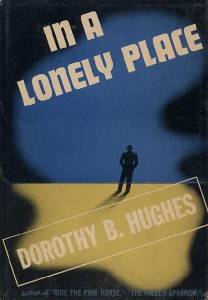
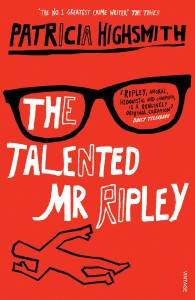
*Rubs hands together with glee* These two novels were HANDS DOWN my very favorite of the month because they were so creepy and hair-raising and twisted and just fantastically written. In a Lonely Place and The Talented Mr. Ripley both feature a murderous young American man out to get everything he wants, no matter the cost. And what does he want? What the mid-20th century American man was expected to want: material wealth and status status status. I mean, WWII had recently ended, and the men and women who had witnessed so much bloodshed and death were expected to blend right back into “ordinary life.” Into this culture in flux were dropped Dix Steele (Lonely Place) and Tom Ripley, two of the most frightening characters out there because they look like anybody else, except for the little detail that they’re crazy murderers. They see their wealthy friends living lavishly and doing what they please, never having to worry about an allowance from a stingy aunt or uncle, always surrounded by adoring friends (who like the smell of money). Dix and Tom think, “I’m smarter than those guys, why can’t I have what they have? Why was I not born into that life? It’s what I’m meant for!” While they kill for different reasons, both are ultimately in search of an affection that they were denied since birth. They kill because they are twisted by anger, frustration, and desire. And because they view other people only as opportunities or obstacles, not as human beings.
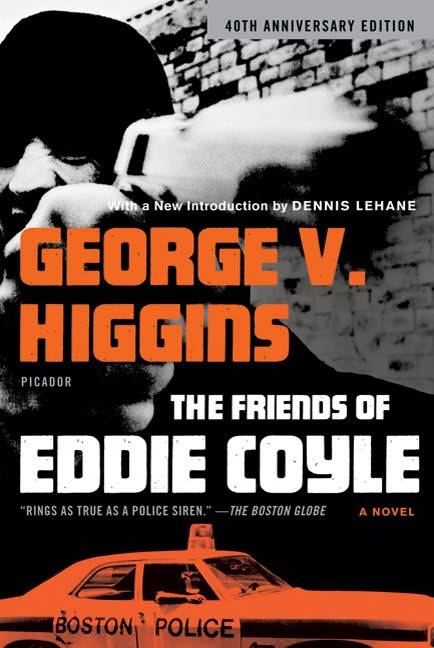

With these two books, I kept thinking about The Sopranos-
I just couldn’t help it. (There are many things from that show that I
just wish I could un-see, but alas). Higgins and Leonard drop us
unceremoniously into the world of organized crime, where informants are
everywhere and massive loads of cash are ripe for the taking. As in The Maltese Falcon and The Big Sleep,
guns are everywhere, waved around in almost every scene to inspire fear
and make the unlucky dudes on the wrong side of them cough up the dough
(as they say). While The Friends of Eddie Coyle is a fast-moving, dialogue-heavy Tarantino-esque dip into the world of double-crossing gun-runners and bank robbers, Get Shorty
is a novel that morphs at times into a film script and tells the story
of a man turning his own life into a film script. Very meta, very funny, and very very smart.
I suppose it’s only right that The Cuckoo’s Calling
gets to stand on its own. After all, it was written under a pseudonym
(Galbraith is actually J. K. Rowling), it is the first in a projected
series of crime novels starring private detective Cormoran Strike, and
it is very much like a jigsaw puzzle composed of innumerable pieces
drawn from classic noir and popular culture. And finally, it is the only
British novel of the bunch. I have to admit that I was a bit
disappointed by The Cuckoo’s Calling, because it lacked the (for a better word) fire that made novels like Mr. Ripley and The Big Sleep
crackle under my fingers. The detective was what you would think a
detective in a classic crime novel should be- but that predictability
worked against this novel. And yet, its chronicling of the disastrous
results of familial favoritism and too much wealth lying around is
believable. Strike is closest to Philip Marlowe in his thorough
detective work and steely nerves, but without the humor (Strike, though,
has to deal with a painful prosthesis and a disastrous break-up, so
humor isn’t exactly expected). I’m looking forward to the next
installment, The Silkworm, due out in a few months. Hopefully that novel will have more fire in its belly.
So there you have it, my lovely readers.
It’s been a wild and fun ride this past month, and I hope you’ll fill
the comments section with more crime fiction recommendations for my
future reading! I think I shall devote my next “genre month” to space
opera…or historical fiction…or fantasy…not sure just yet.
(first posted on Book Riot 4/3/14)
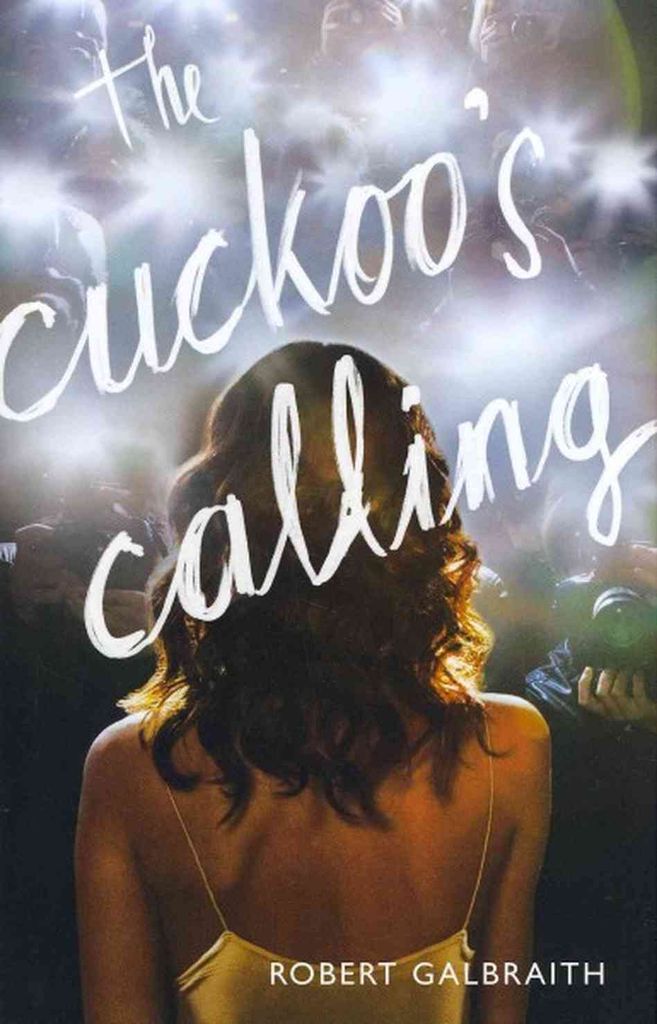
No comments:
Post a Comment